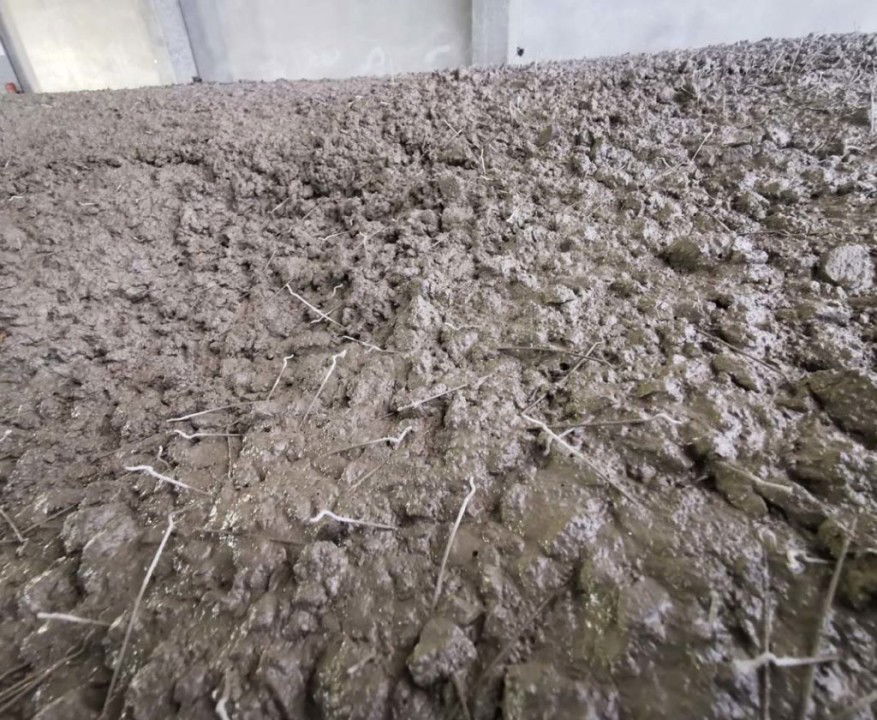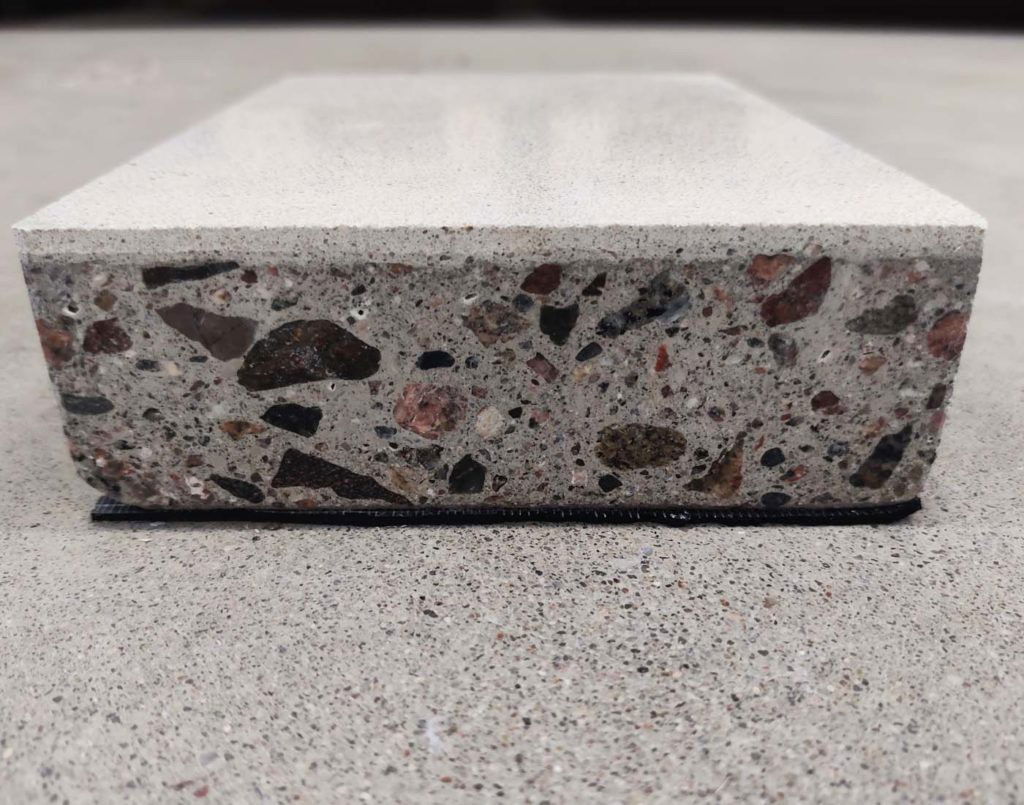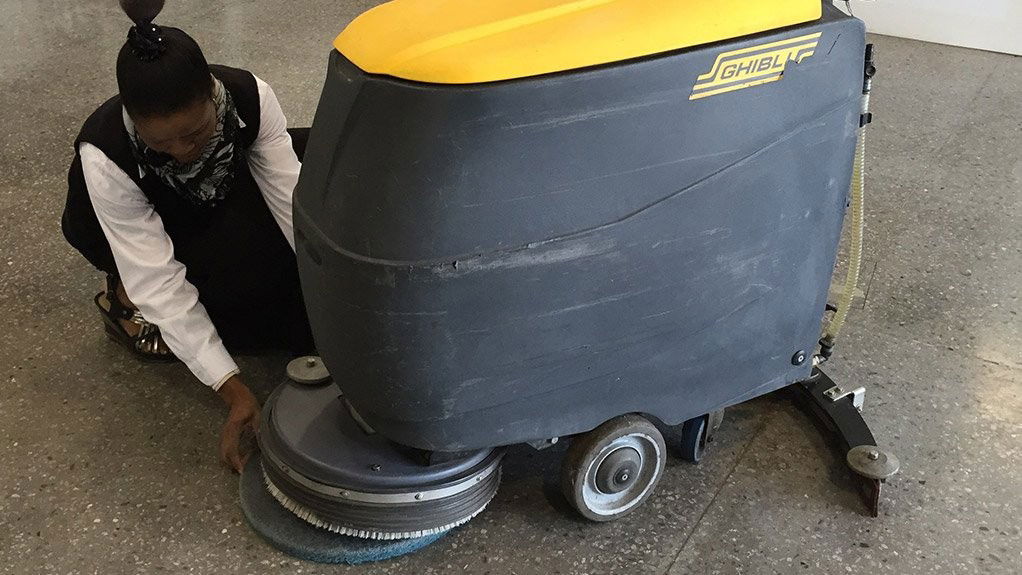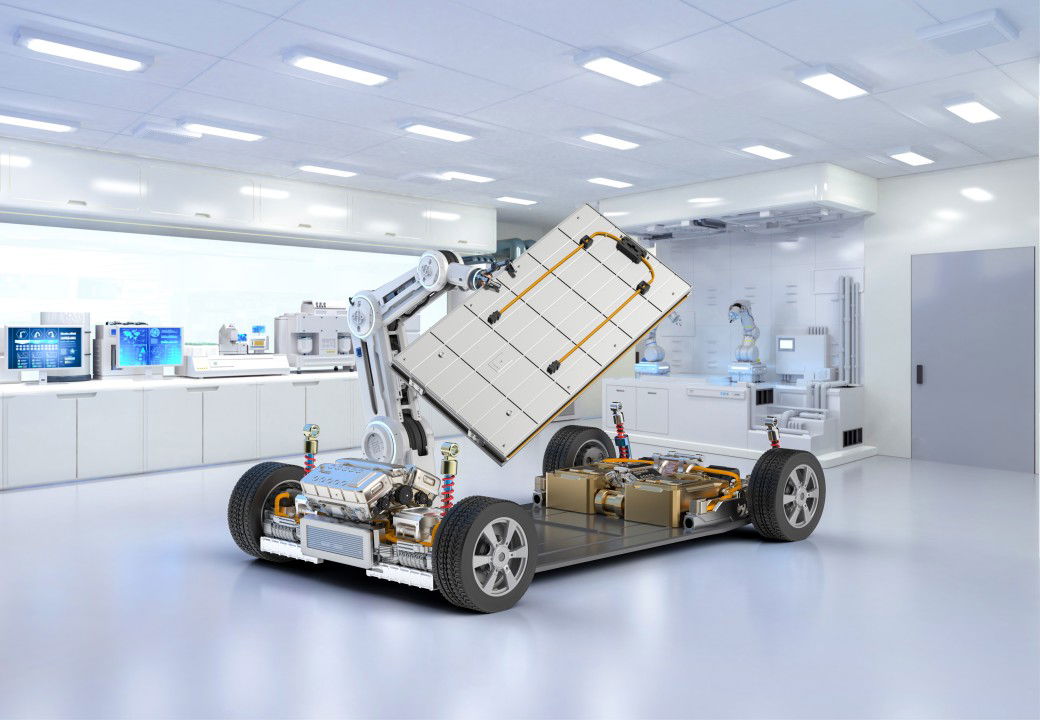Steel Fiber Reinforced Concrete (SFRC) offers enhanced mechanical properties compared to traditional concrete, making it suitable for various applications where durability and strength are crucial. However, steel fiber reinforced concrete can present challenges when polishing due to steel fibers within the concrete mix. These steel fibers can interfere with the polishing process and may lead to several potential problems:
- Fiber Exposure: During polishing, steel fibers can become exposed, resulting in an uneven finish that detracts from the polished concrete’s aesthetic appeal.

- Tool Wear: Steel fibers can accelerate tool wear during the polishing process. Their abrasiveness can cause excessive wear on polishing pads and other equipment, reducing their effectiveness and potentially increasing project costs.
- Surface Blemishes: Steel fibers may cause surface blemishes or imperfections in the polished concrete surface. These blemishes can include scratches, streaks, or discoloration and detract from the polished finish’s overall appearance.

- Difficulty Achieving Desired Gloss: Achieving a high-gloss finish on steel fiber-reinforced concrete can be challenging due to the presence of steel fibers. The fibers may interfere with the clarity and reflectivity of the polished surface, making it difficult to achieve the desired gloss level.

Corrosion and rust of exposed fibers on a polished concrete slab can have several negative effects on operations, depending on the extent of the damage and the specific application:
- Aesthetic Appearance: Rust stains on a polished concrete surface can detract from its aesthetic appeal, particularly in commercial or retail settings where appearance is important for brand image and customer experience.
- Maintenance Costs: Dealing with corrosion and rust requires ongoing maintenance and repair efforts, which can incur significant costs over time. This includes treatments to remove rust stains and the application of protective coatings.

Fiber-Reinforced Concrete Slab Mix
Challenges with synthetic fibers
While synthetic fibers can offer several advantages when used in polished concrete, there are also some challenges associated with their incorporation into the concrete mix and the polishing process:
Synthetic fibers may become exposed at the surface during the polishing process, especially if the concrete mix is not properly designed or if the polishing is done aggressively. Exposed fibers can detract from the appearance of the polished surface and compromise its smoothness.

Synthetic fibers exposure
Synthetic fibers may affect the color of the polished concrete surface, especially if they are a different hue than the surrounding concrete matrix. Color uniformity and consistency may require additional measures such as pigment additives or surface treatments. It is easier to polish a concrete slab with synthetic fibers than with steel, and the right equipment can address them properly. See below.

What other solutions besides polished concrete can be used on SFRC?
While polished concrete is not the best option for finishing SFRC surfaces, several other solutions can be employed as a better choice:
- Epoxy Coatings: Epoxy coatings offer excellent chemical resistance, durability, and aesthetic appeal. They can be applied to SFRC surfaces to provide a smooth, glossy finish and protect against corrosion, abrasion, and chemical damage.
- Polyurethane Coatings: Polyurethane coatings are another option for protecting SFRC surfaces. They offer good abrasion resistance, UV stability, and flexibility, making them suitable for outdoor applications or heavy wear and tear areas.
- Cementitious Overlay: The most common way is to use dry shake hardeners on top to suppress the steel fibers near the surface. You can only grind and polish with ZERO fiber exposure by applying dry shake hardeners, like Concria, “Wet of wet” 10-12 kg/m2 (2-2.5 lb/sqft). Or use cementitious overlays, Mapei, or Euclid at a minimum of 3/8-1/2″ to guarantee a durable finish ready for grinding and polishing.

Each of these solutions offers unique benefits in aesthetics, durability, and performance, allowing for the customization of SFRC surfaces to suit specific design requirements and functional needs. Please feel free to contact one of the Applied’s specialists for a consultation.





